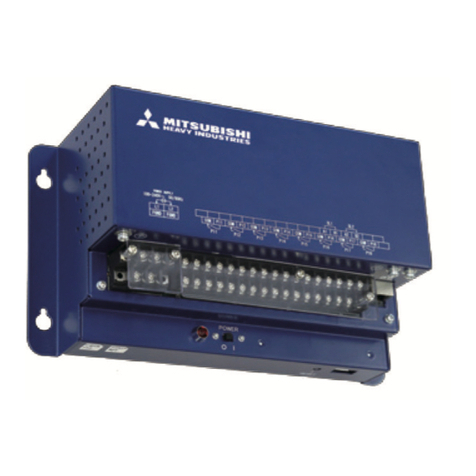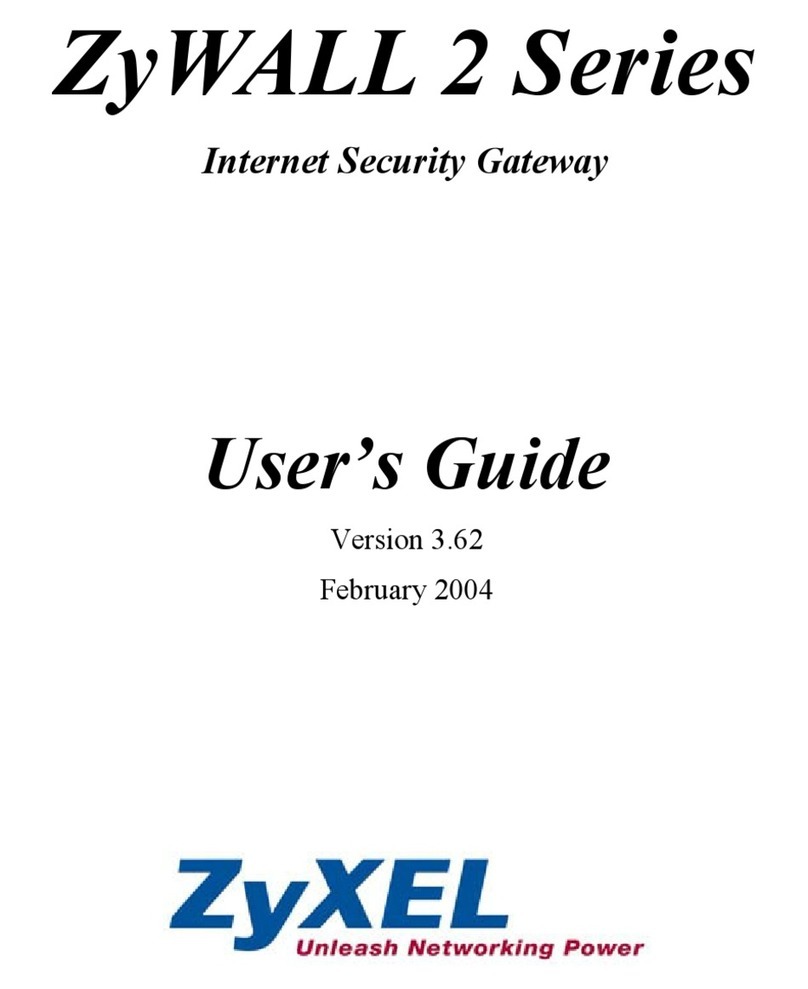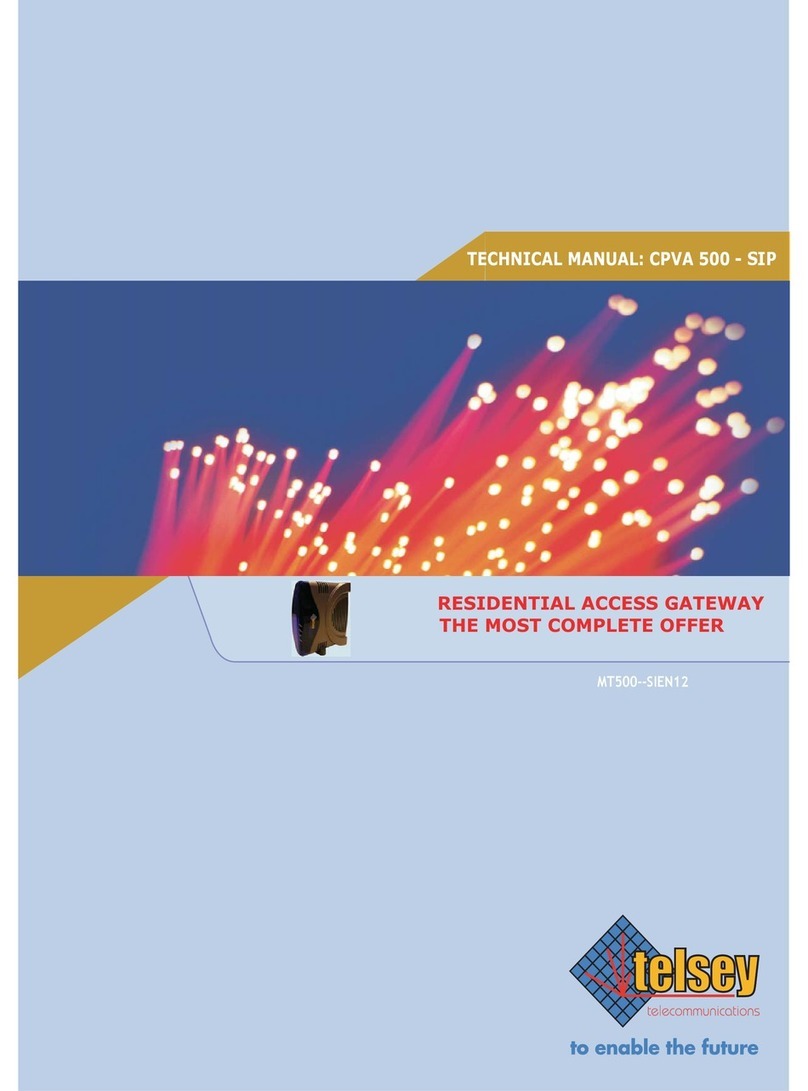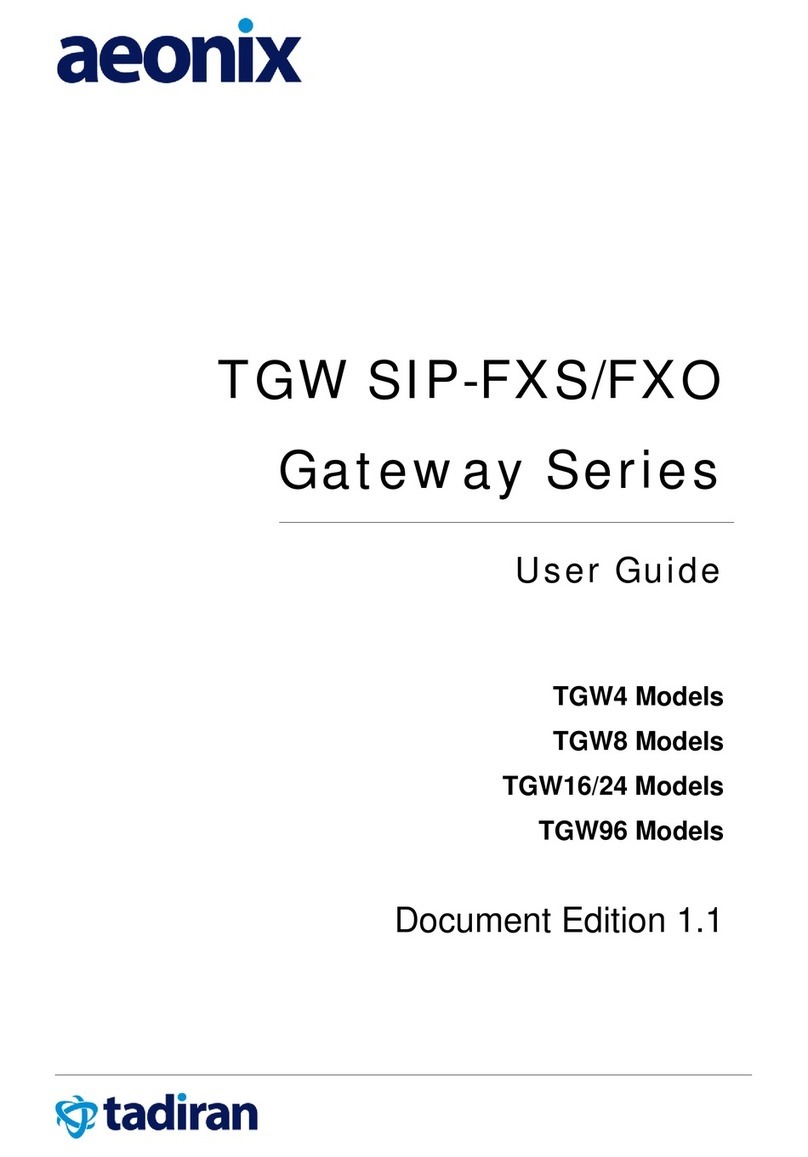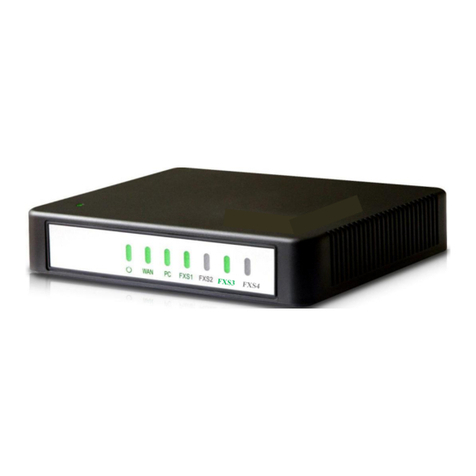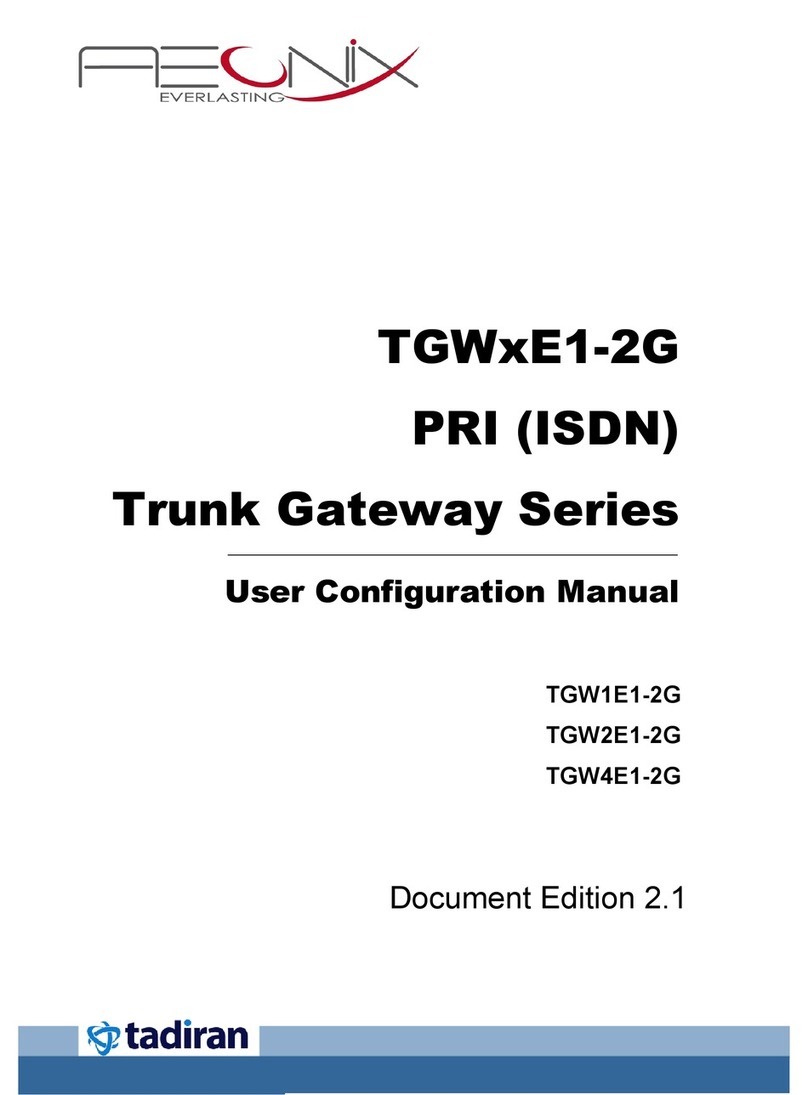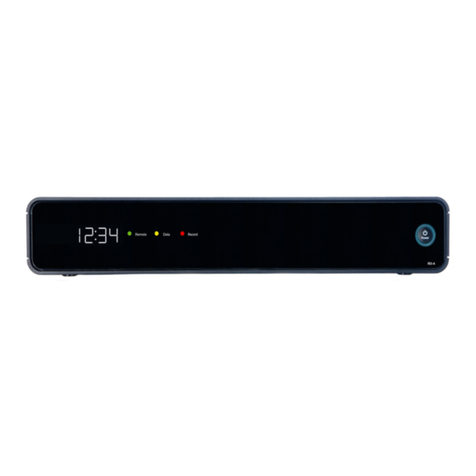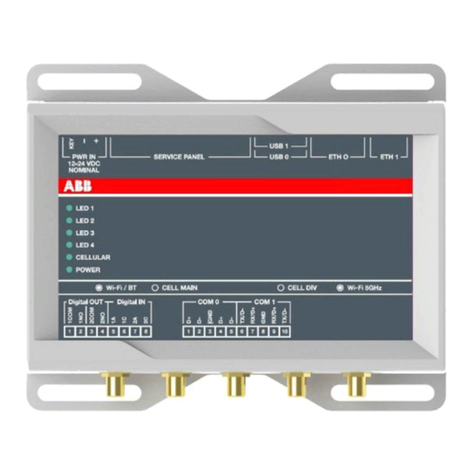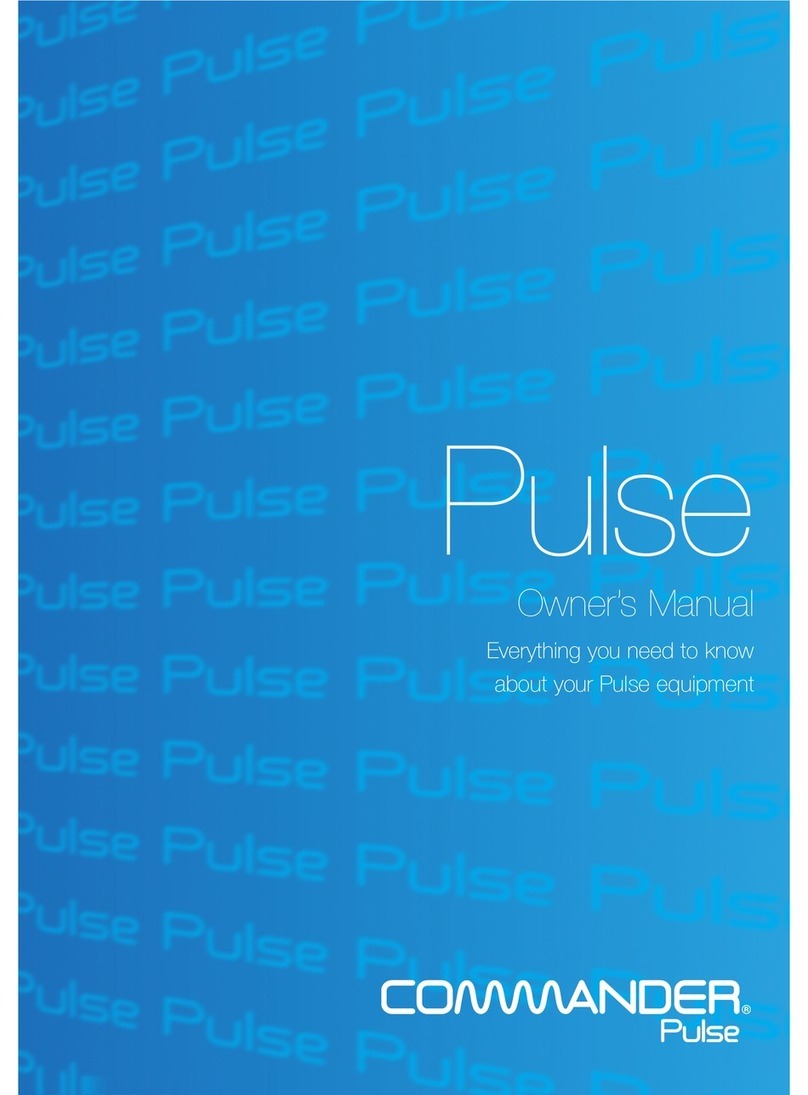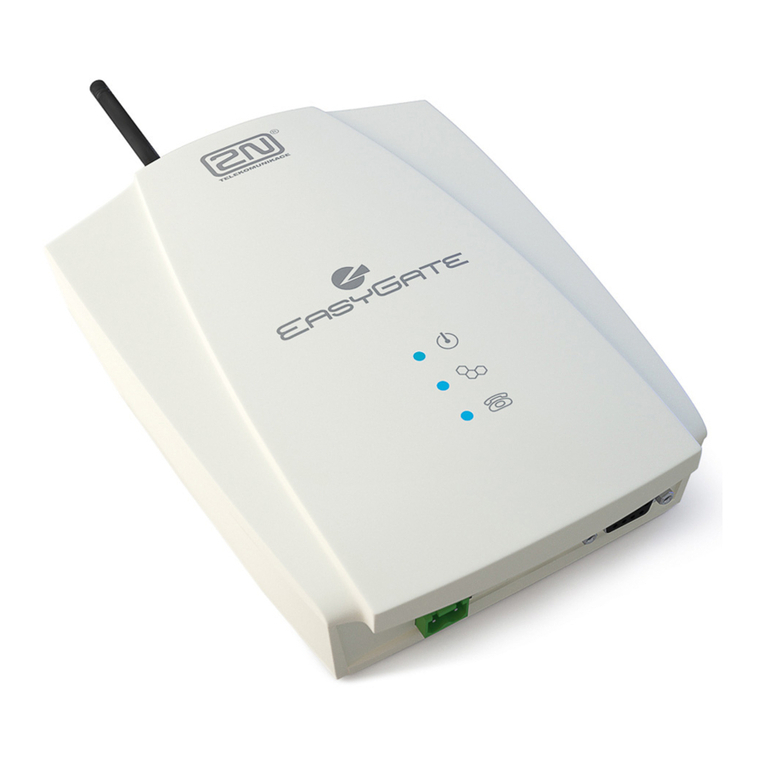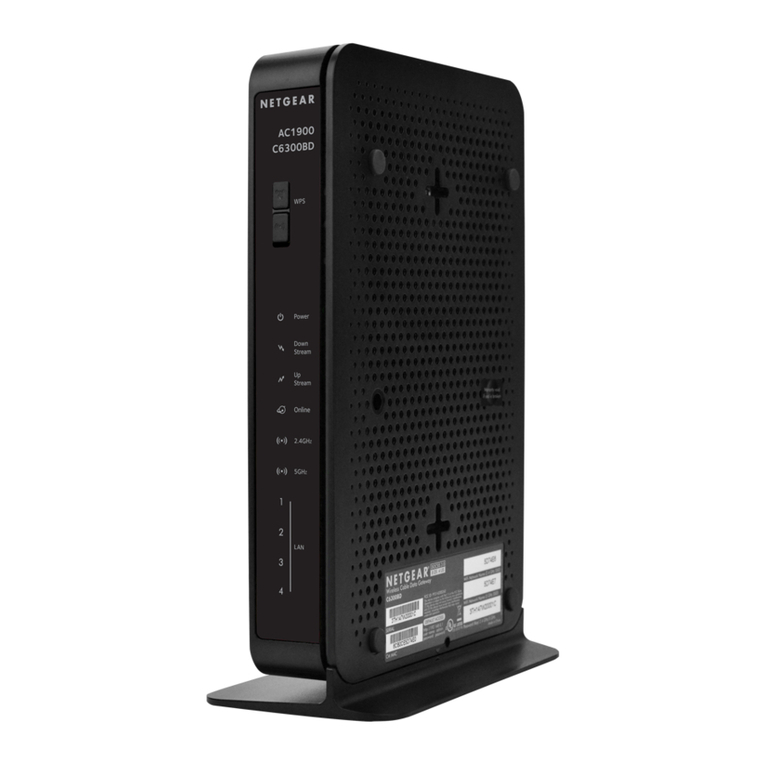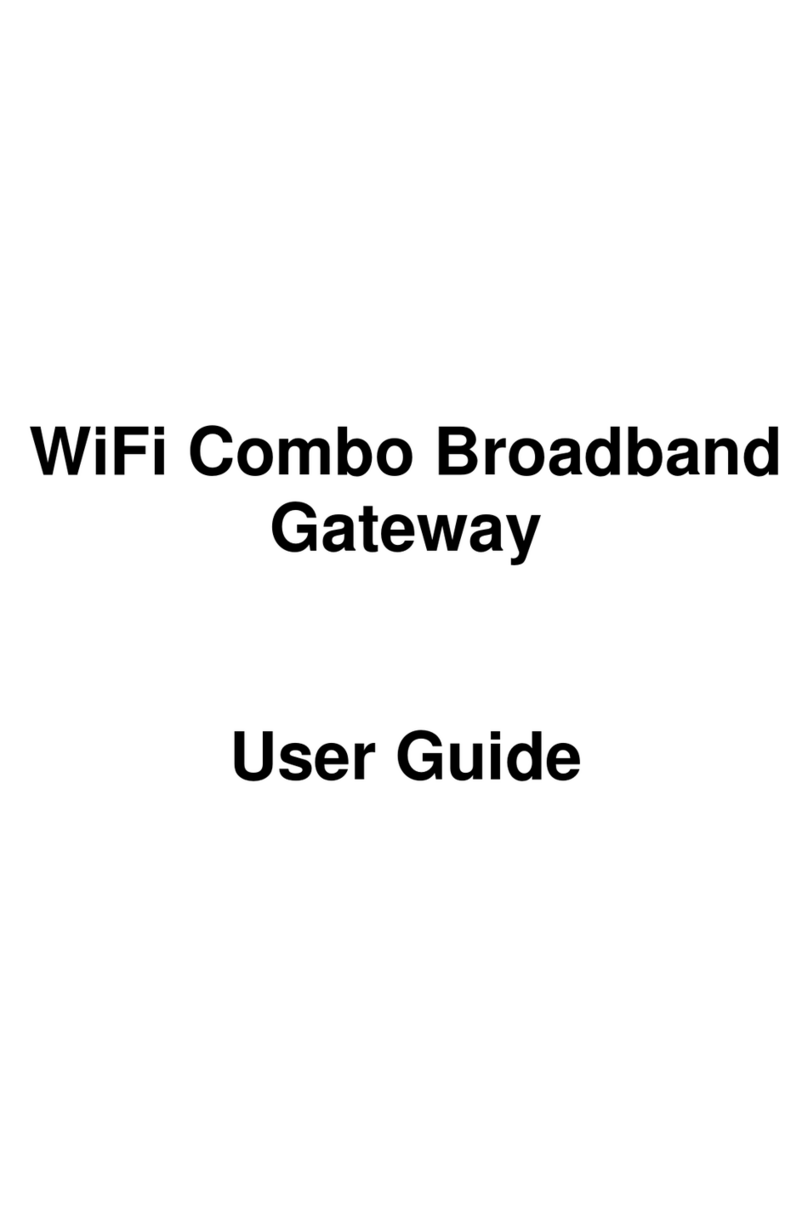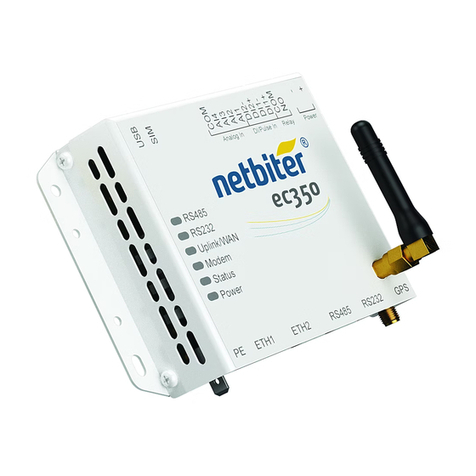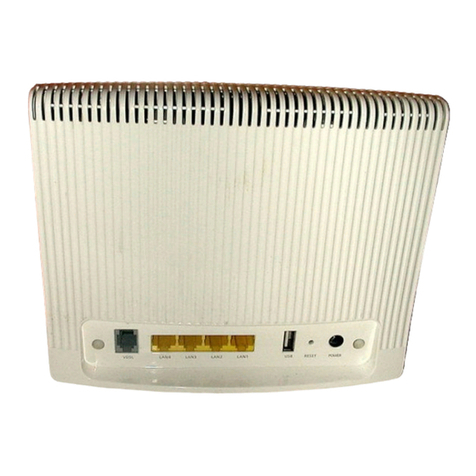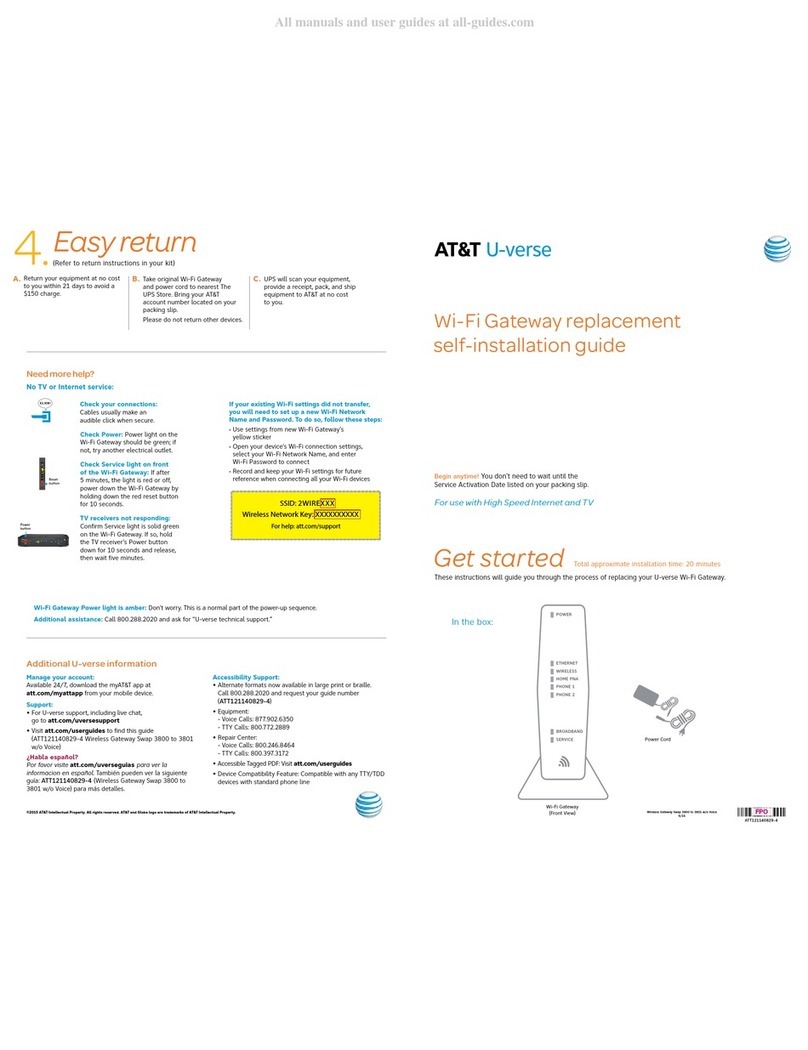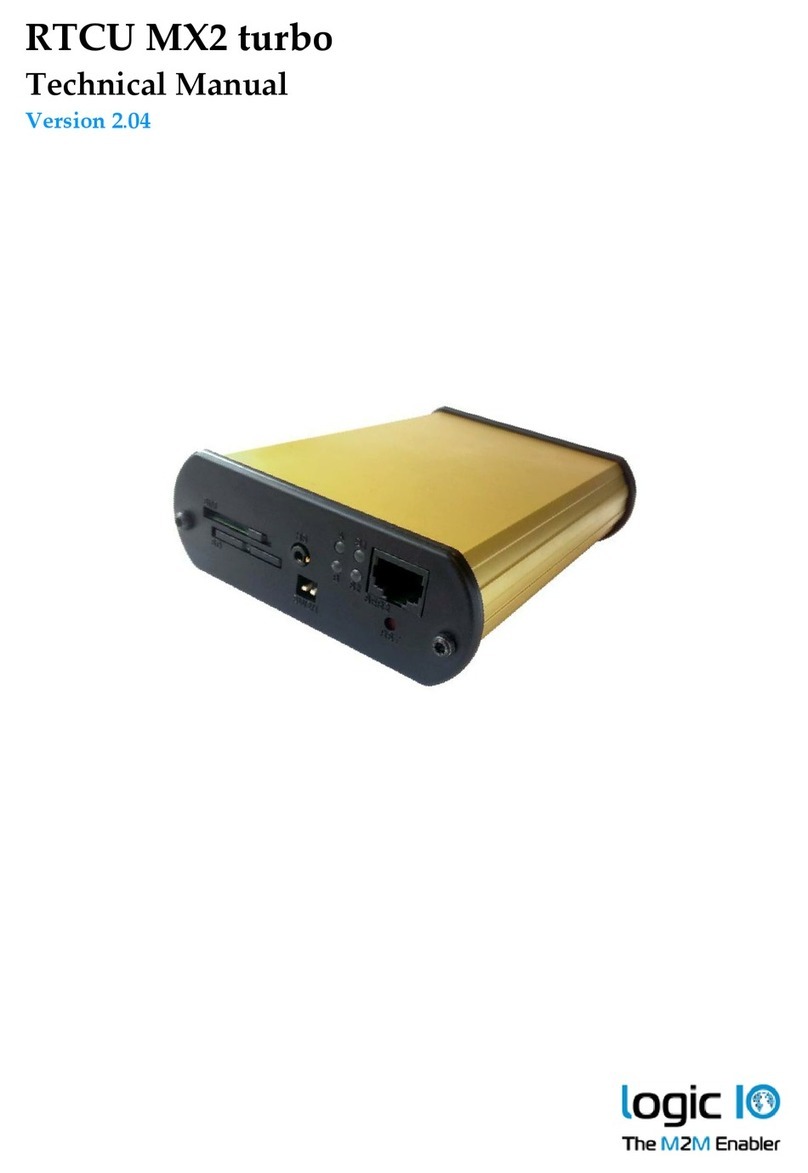
vi Tadiran Telecom
Contents of Figure
Figure 1-1 FrontPanel.............................................................................................................................................1 -2
Figure 1-2 Back Panel.............................................................................................................................................1 -4
Figure 1-3 RJ45 to RS232 serialcable....................................................................................................................1 -5
Figure 1-4 USB to RS232 convertercable...............................................................................................................1 -5
Figure 3-1 Installation of TGWXE1 Series L-shape Brackets ..................................................................................3-1
Figure 3-2 MountTGWXE1 to Rack ........................................................................................................................3-2
Figure 3-3 Cable ofConnecting TGWXE1 CON......................................................................................................3-2
Figure 3-4 Connecting the T1/E1Cable....................................................................................................................3-3
Figure 5-1 Login Interface forTGWXE1 Gateway Configuration .............................................................................5-1
Figure 5-2 Network Configuration Interface.............................................................................................................5-2
Figure 5-3 System Configuration Interface ..............................................................................................................5-5
Figure 5-4 SIP Configuration Interace......................................................................................................................5-6
Figure 5-5 TDM Configuration Interface...................................................................................................................5-7
Figure 5-6 FoIP Configuration Interface...................................................................................................................5-9
Figure 5-7 ISDN Configuration Interface 1.............................................................................................................5-10
Figure 5-8 ISDN Configuration Interface 2.............................................................................................................5-11
Figure 5-9 ISDN configuration Interface 3..............................................................................................................5-13
Figure 5-10Configuration Interface forRouting Table...........................................................................................5-14
Figure 5-11 Configuration Interface forIP Table....................................................................................................5-19
Figure 5-12Configuration Interface forDigitMap..................................................................................................5-19
Figure 5-13System Advanced Configuraiton Interface..........................................................................................5-21
Figure 5-14Security Configuration Interface .........................................................................................................5-23
Figure 5-15White ListConfiguration Interface.......................................................................................................5-24
Figure 5-16Media Stream Configuration Interface................................................................................................5-24
Figure 5-17SIP Related Configuration Interface...................................................................................................5-25
Figure 5-18RADIUSConfiguration Interface..........................................................................................................5-27
Figure 5-19Encryption Configuration Interface .....................................................................................................5-28
Figure 5-20 Tones Configuration Interface ............................................................................................................5-28
Figure 5-21 ISDN Status Interface.........................................................................................................................5-30
Figure 5-22 System Status Interface......................................................................................................................5-31
Figure 5-23 CallMessage Interface.......................................................................................................................5-32
Figure 5-24 ISDN Status Interface.........................................................................................................................5-32
Figure 5-25 System Startup Interface....................................................................................................................5-34
Figure 5-26 Manage Log Interface.........................................................................................................................5-34
Figure 5-27 Change Password Interface ...............................................................................................................5-35
Figure 5-28 Configuration ExportInterface............................................................................................................5-36
Figure 5-29 Configuration ImportInterface............................................................................................................5-36
Figure 5-30 Interface ofUpgrade...........................................................................................................................5-37
Figure 5-31 File Upload Interface...........................................................................................................................5-37
Figure 5-32 Upgrade Interface...............................................................................................................................5-38
Figure 5-33 PromptofUpgrade Process ...............................................................................................................5-38
Figure 5-34 Interface ofSuccessfulUpgrade.........................................................................................................5-38
Figure 5-35 Version Information Interface..............................................................................................................5-39



